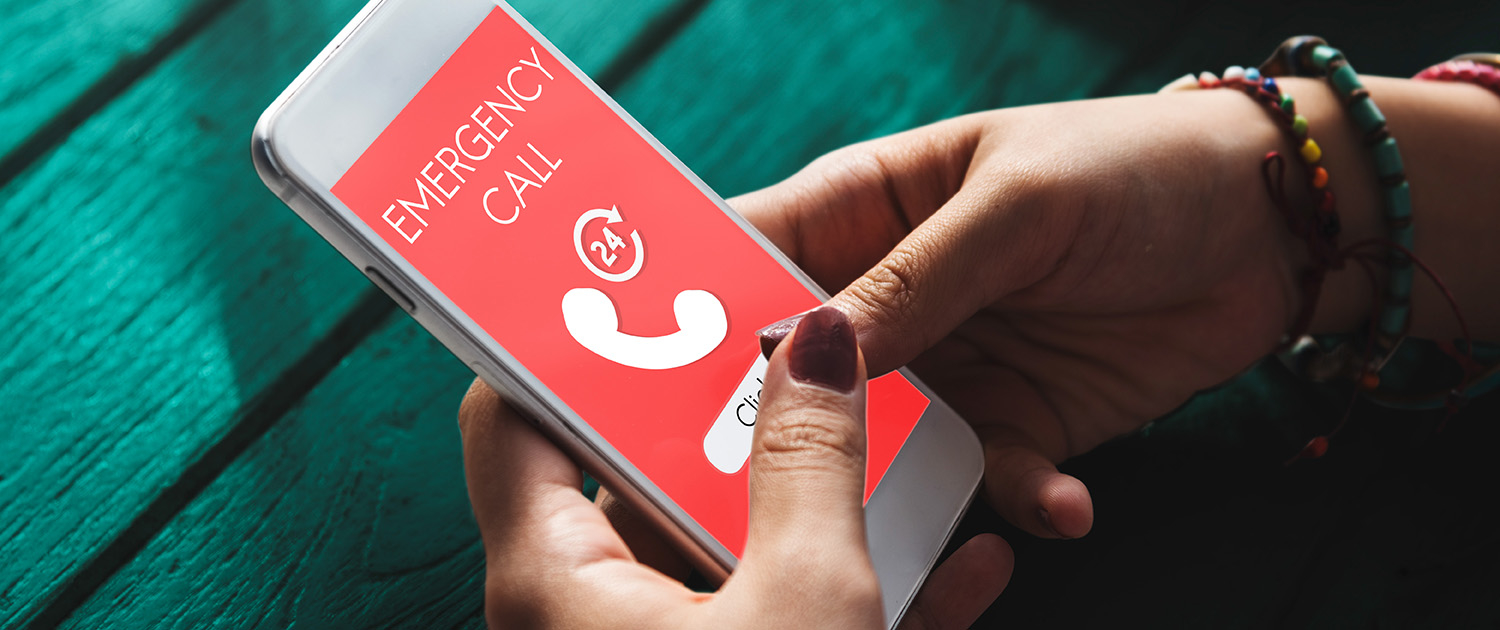Telecommunicators and Interpretation
When someone calls 911, seconds may count. But what if the caller and 911 telecommunicator don’t speak the same language? There is a delay as language resources are brought online, and more delay as questions and answers are interpreted. A 2013 study on ambulance dispatching found that a language barrier increased Basic Life Support dispatch time by 33% and Advanced Life Support dispatching time by 43%.
Over 25 million people in America have Limited English Proficiency (LEP). For them, the right 911 procedures can mean the difference between life and death. Let’s review techniques for clearer communication with your caller and interpreter.
Be aware you may have to go slow to go fast
Interpretation takes time. What can take even more time (and cause problems with dispatching and on scene) is a conversation where focusing on speed has the participants talking past each other. Make sure you keep questions and instructions succinct and simple. Give the interpreter the time they need to ask clarifying questions and explain things the caller doesn’t understand.
Be aware of cultural behaviors that may hinder dispatching
A caller’s cultural habits and their language structure may slow assessment and dispatching, but being aware of these difficulties can help you work around them.
Difficulties with addresses—Callers may not be able to spell or pronounce the name of their street or other place names, especially if their language uses a different system of writing, such as a Cyrillic alphabet or Arabic script. Some come from countries with haphazard address systems (or no system at all), and may use landmarks to communicate their location.
Ask them to confirm any geolocation data you have. Asking them to find a piece of mail can also be helpful. If they have no idea where they are and you have no geolocation data, try working with the interpreter to identify landmarks near the scene as you would with an English speaker.
Callers may ask for their second language—Those who speak relatively obscure languages may identify themselves as speakers of a more common language they have learned. For example, African callers might ask for a French interpreter. This can result in the interpreter working with someone with limited proficiency and a regional accent or dialect.
To account for this possibility, remember the above advice about sometimes needing to go slow in order to go fast. Keep questions and instructions simple and brief, and give the interpreter the
time they need to get it right.
Callers may fear you or the units you send—Many immigrants hail from countries where authorities are corrupt and/or oppressive. Undocumented immigrants may fear that calling for help will lead to deportation. They may call 911 because they feel their emergency is too serious to handle otherwise, but be reluctant to provide all the information you need.
Again, you may need to go slow to go fast. Briefly explain to reluctant callers why the information is needed and how it is used. Be patient, and keep your tone as friendly as you can. As you know, verbal cues affect emotions and may be very helpful in alleviating their fears.
Apps are a no-go on both ends
As phone translation apps become more sophisticated (and more common among immigrants) departments may be tempted to employ them as a substitute for interpretation. However, these apps rely on voice-to-text technology, and often misread what is being said if the user has less than perfect diction or is speaking a dialect. The resulting miscommunication could do far more damage than the brief delays involved in using an interpreter. If you believe the caller is using a translation app, ask them to work with the interpreter and stress that this is necessary to provide the best help.
Use family members, but only as necessary
If a bilingual family member is available, this may save time and facilitate better communication in the early moments of the call. However, you should move to a professional interpreter as soon as possible. Family members are not neutral parties and may alter or leave out information. In addition, children are often the best English speakers in an immigrant home, and acting as an emergency interpreter can be traumatic for them.
Trust the interpreter
The interpreter on your language line is not only a highly trained specialist, but one with special 911 training that will help you make the best assessment of the call and dispatch the help they need. Trust their skills—and your own—and rest easy in the knowledge that you’re doing your best for everyone who calls for help.
Telecommunicators and Interpretation
When someone calls 911, seconds may count. But what if the caller and 911 telecommunicator don’t speak the same language? There is a delay as language resources are brought online, and more delay as questions and answers are interpreted. A 2013 study on ambulance dispatching found that a language barrier increased Basic Life Support dispatch time by 33% and Advanced Life Support dispatching time by 43%.
Over 25 million people in America have Limited English Proficiency (LEP). For them, the right 911 procedures can mean the difference between life and death. Let’s review techniques for clearer communication with your caller and interpreter.
Be aware you may have to go slow to go fast
Interpretation takes time. What can take even more time (and cause problems with dispatching and on scene) is a conversation where focusing on speed has the participants talking past each other. Make sure you keep questions and instructions succinct and simple. Give the interpreter the time they need to ask clarifying questions and explain things the caller doesn’t understand.
Be aware of cultural behaviors that may hinder dispatching
A caller’s cultural habits and their language structure may slow assessment and dispatching, but being aware of these difficulties can help you work around them.
Difficulties with addresses—Callers may not be able to spell or pronounce the name of their street or other place names, especially if their language uses a different system of writing, such as a Cyrillic alphabet or Arabic script. Some come from countries with haphazard address systems (or no system at all), and may use landmarks to communicate their location.
Ask them to confirm any geolocation data you have. Asking them to find a piece of mail can also be helpful. If they have no idea where they are and you have no geolocation data, try working with the interpreter to identify landmarks near the scene as you would with an English speaker.
Callers may ask for their second language—Those who speak relatively obscure languages may identify themselves as speakers of a more common language they have learned. For example, African callers might ask for a French interpreter. This can result in the interpreter working with someone with limited proficiency and a regional accent or dialect.
To account for this possibility, remember the above advice about sometimes needing to go slow in order to go fast. Keep questions and instructions simple and brief, and give the interpreter the
time they need to get it right.
Callers may fear you or the units you send—Many immigrants hail from countries where authorities are corrupt and/or oppressive. Undocumented immigrants may fear that calling for help will lead to deportation. They may call 911 because they feel their emergency is too serious to handle otherwise, but be reluctant to provide all the information you need.
Again, you may need to go slow to go fast. Briefly explain to reluctant callers why the information is needed and how it is used. Be patient, and keep your tone as friendly as you can. As you know, verbal cues affect emotions and may be very helpful in alleviating their fears.
Apps are a no-go on both ends
As phone translation apps become more sophisticated (and more common among immigrants) departments may be tempted to employ them as a substitute for interpretation. However, these apps rely on voice-to-text technology, and often misread what is being said if the user has less than perfect diction or is speaking a dialect. The resulting miscommunication could do far more damage than the brief delays involved in using an interpreter. If you believe the caller is using a translation app, ask them to work with the interpreter and stress that this is necessary to provide the best help.
Use family members, but only as necessary
If a bilingual family member is available, this may save time and facilitate better communication in the early moments of the call. However, you should move to a professional interpreter as soon as possible. Family members are not neutral parties and may alter or leave out information. In addition, children are often the best English speakers in an immigrant home, and acting as an emergency interpreter can be traumatic for them.
Trust the interpreter
The interpreter on your language line is not only a highly trained specialist, but one with special 911 training that will help you make the best assessment of the call and dispatch the help they need. Trust their skills—and your own—and rest easy in the knowledge that you’re doing your best for everyone who calls for help.





